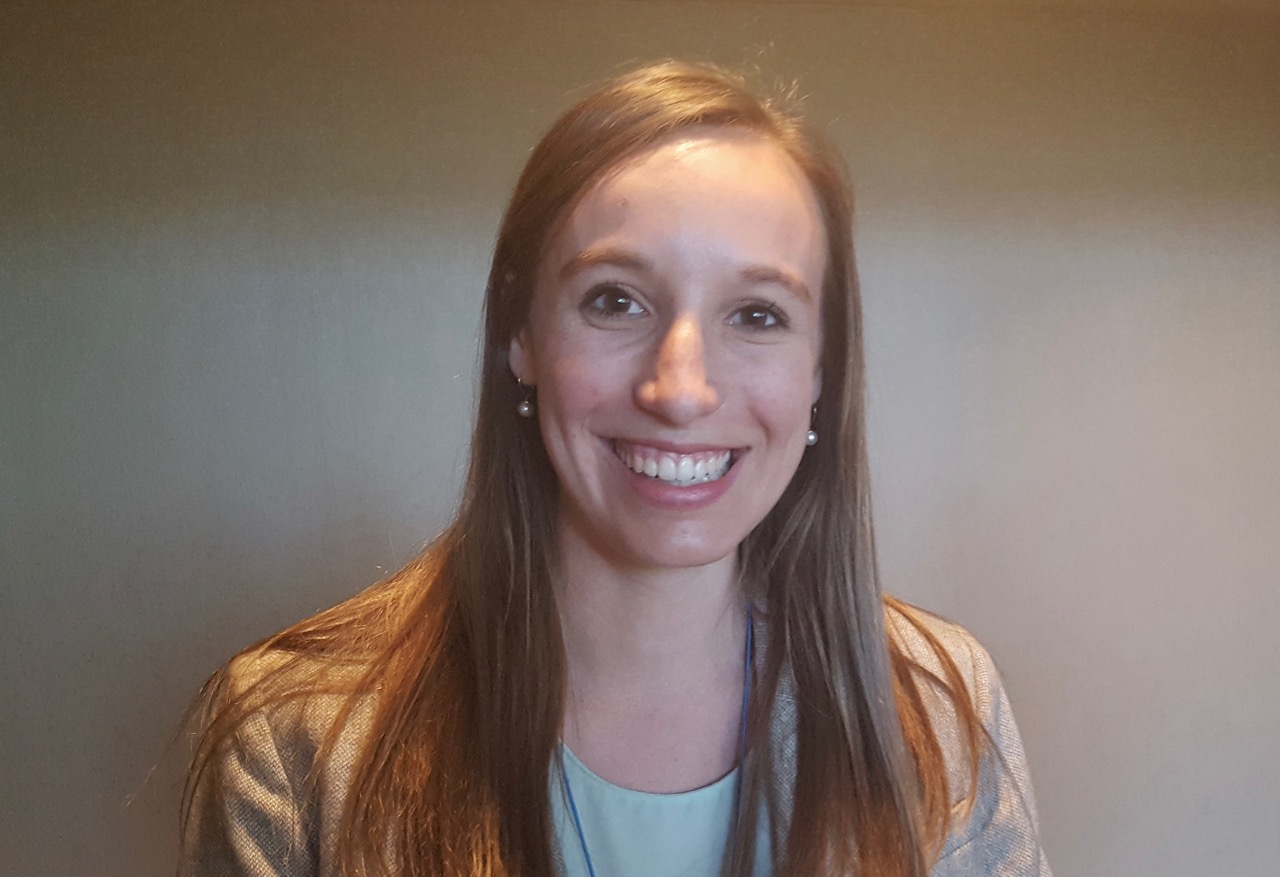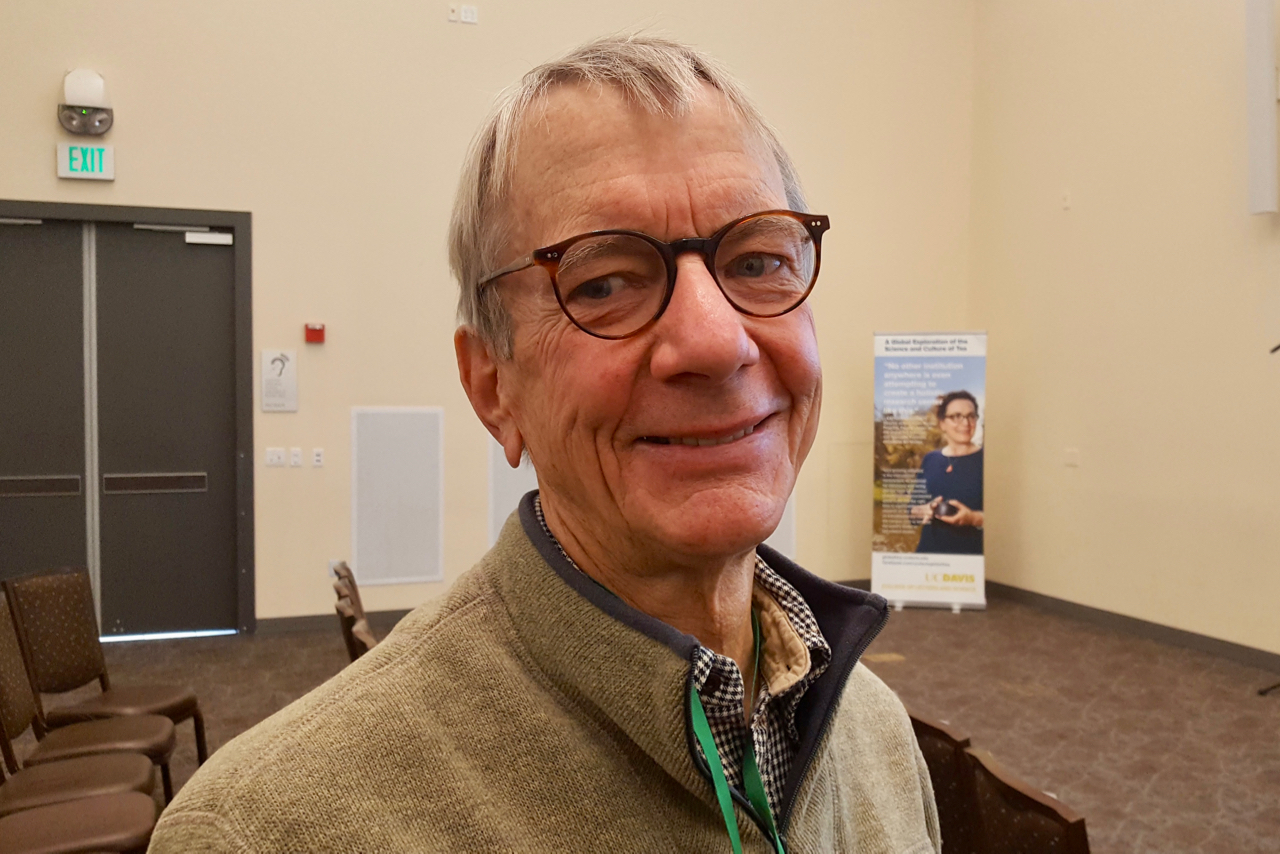15 Percent Chinese Tariff will Harm Farmers
CCM President Issues Statement Regarding Chinese Tariff Announcement
News Release from California Citrus Mutual
While the proposed 15% Chinese tariff increase will affect all fruits, nuts and vegetables shipped to China, California Citrus Mutual (CCM) President Joel Nelsen issued the following statement regarding the tariff increase on California citrus as a retaliatory counter to President Donald Trump’s new tariffs on steel and aluminum:
The decision by the Chinese government to levy exorbitant tariff increases on U.S. produce will surely have a direct impact on California citrus producers. Maintaining access to foreign markets and having the ability to compete in a global market place are critical to the success of the citrus industry.
The retaliatory tariffs imposed by China hinders our ability to be competitive by increasing costs for Chinese consumers, an important market for California citrus. Family farmers in our industry will suffer from the economic fallout unless we can find alternative markets for California’s While our Administration focuses on those business sectors requiring attention, the Chinese Administration has chosen to expand the discussion to include the agricultural industry. In fact, the Chinese indicated last week in a statement that constructive talks could alleviate the real issues, yet insufficient time was given to accomplish that objective. Now Chinese consumers and California citrus producers are innocent parties to a trade debate.
Nelsen, CCM Executive Vice President Casey Creamer, and Board Chairman Curt Holmes have traveled to Washington, D.C. recently for meetings with Congress and the Administration regarding trade and other important issues affecting the California citrus industry.


















